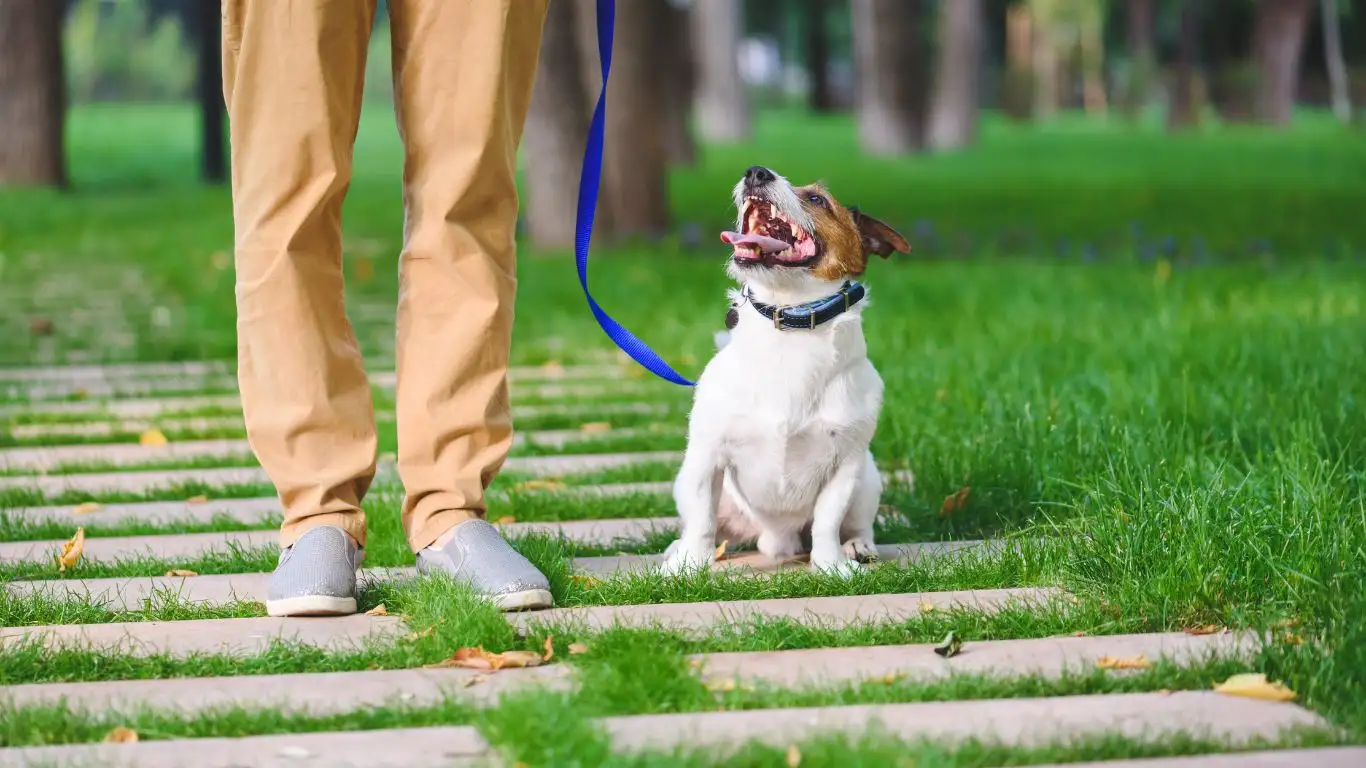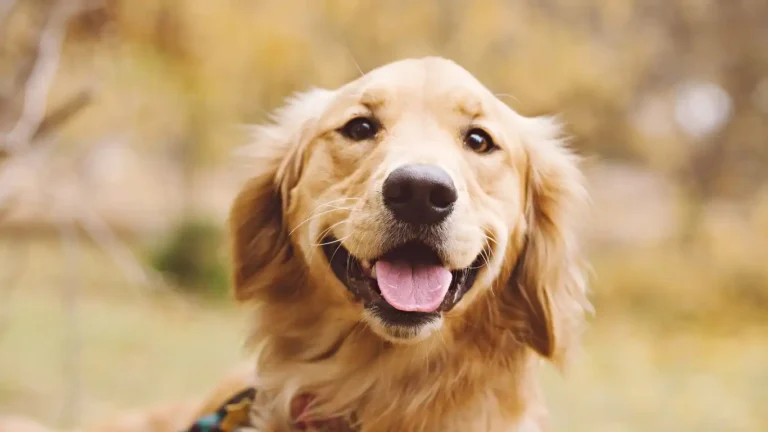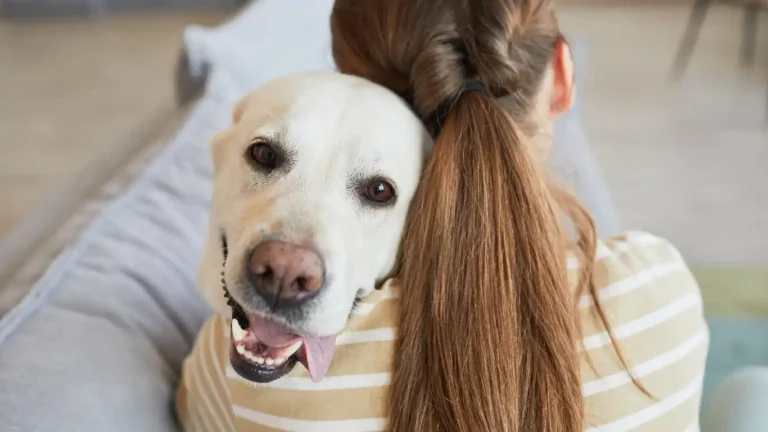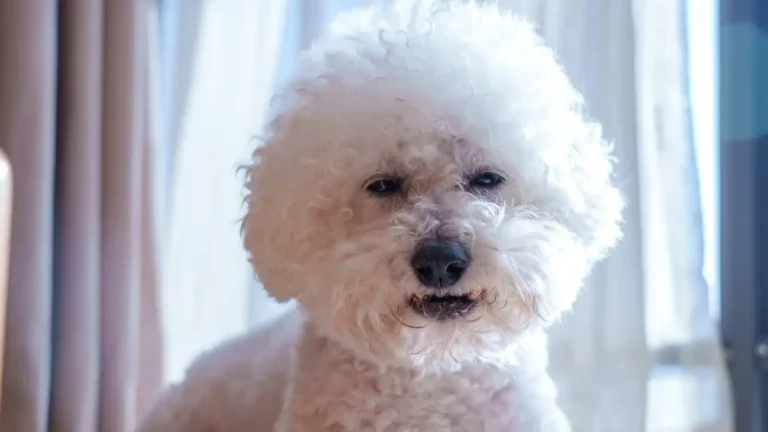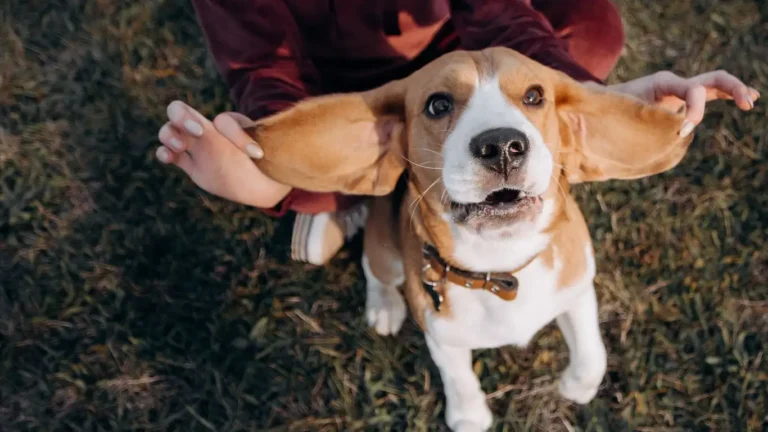Proven Tips to Train Your Dog for Stress-Free Playdates
If you’ve ever found yourself wondering how to train a dog to behave during playdates, you’re absolutely not alone. As someone who’s spent years in the world of Canine-Assisted Therapy, I’ve seen firsthand how the excitement of a doggy get-together can quickly spiral into chaos. Trust me, it’s not just about tossing two pups into a backyard and hoping for the best. Getting your dog to play nice and stay chill around other dogs takes time, consistency, and a whole lotta patience (plus a pocket full of treats doesn’t hurt either).
Why Playdate Manners Matter
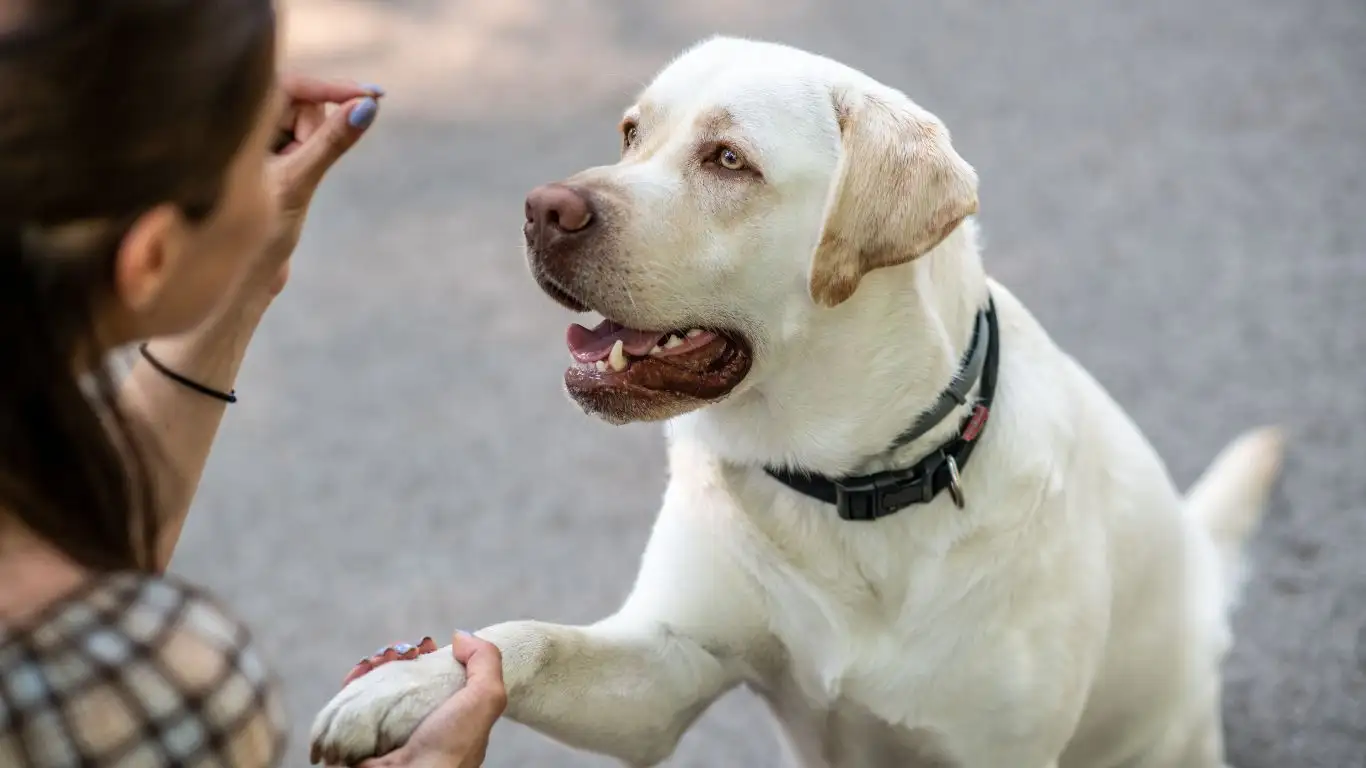
Just like kids at a birthday party, dogs can get overly excited, overwhelmed, or even a little bossy when they’re socializing. That’s where good manners come in. Teaching your dog proper playdate behavior isn’t just about avoiding drama—it’s about creating a safe, fun environment where everyone (humans included) can relax and enjoy the moment.
From my own experience working with therapy dogs, I’ve noticed that a well-behaved dog tends to become a more confident one. Dogs who know what’s expected of them aren’t just easier to manage—they’re also way happier. And when you’re training therapy dogs, confidence and calmness are key ingredients for success.
Setting the Stage Before the Playdate
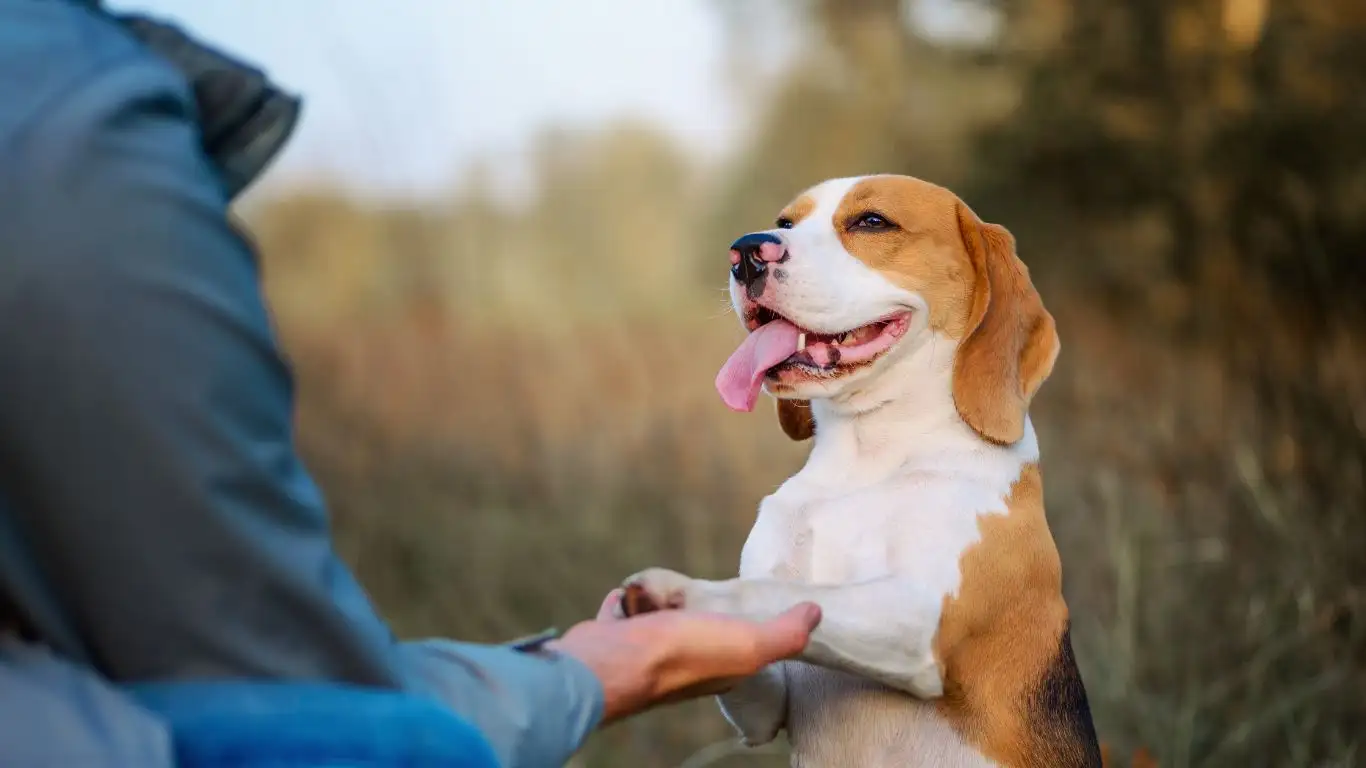
Know Your Dog’s Social Style
Every dog has a different vibe. Some are the life of the party, while others would rather stick to solo walks and snuggles on the couch. Before inviting another dog over, ask yourself: how does your pup usually react to other dogs? Are they calm and curious? Shy and reserved? Or maybe they go zero to sixty the second they see a tail wag?
Take some time to observe how your dog behaves around other dogs in neutral settings—like walks or at the park. It’ll give you a good baseline for what kind of playdate they’re ready for.
Choose the Right Playmate
Doggy friendships, like human ones, depend a lot on personality match. You wouldn’t pair a hyperactive puppy with a senior who just wants to nap, right? Aim to match energy levels and play styles. Here’s a little guide I use when arranging first-time meetups:
- High-energy dogs: Pair with equally energetic dogs who can handle a good romp.
- Shy or older dogs: Match with calm, respectful pups who won’t overwhelm them.
- Puppies: Ideal with tolerant, well-socialized adult dogs who can help model good behavior.
Prep Your Space
Before the doggy guests arrive, take a quick sweep of your home or yard. Remove any high-value toys, bones, or food bowls—basically, anything that could cause tension. Even the chillest dogs can suddenly get possessive when their favorite squeaky toy is involved.
Make sure the space is secure with no easy escape routes. If it’s an indoor hangout, consider using baby gates to manage space. Outdoor? Check fences and gates for any gaps or weak spots. A good playdate shouldn’t end in a search party.
Training Basics That Really Matter
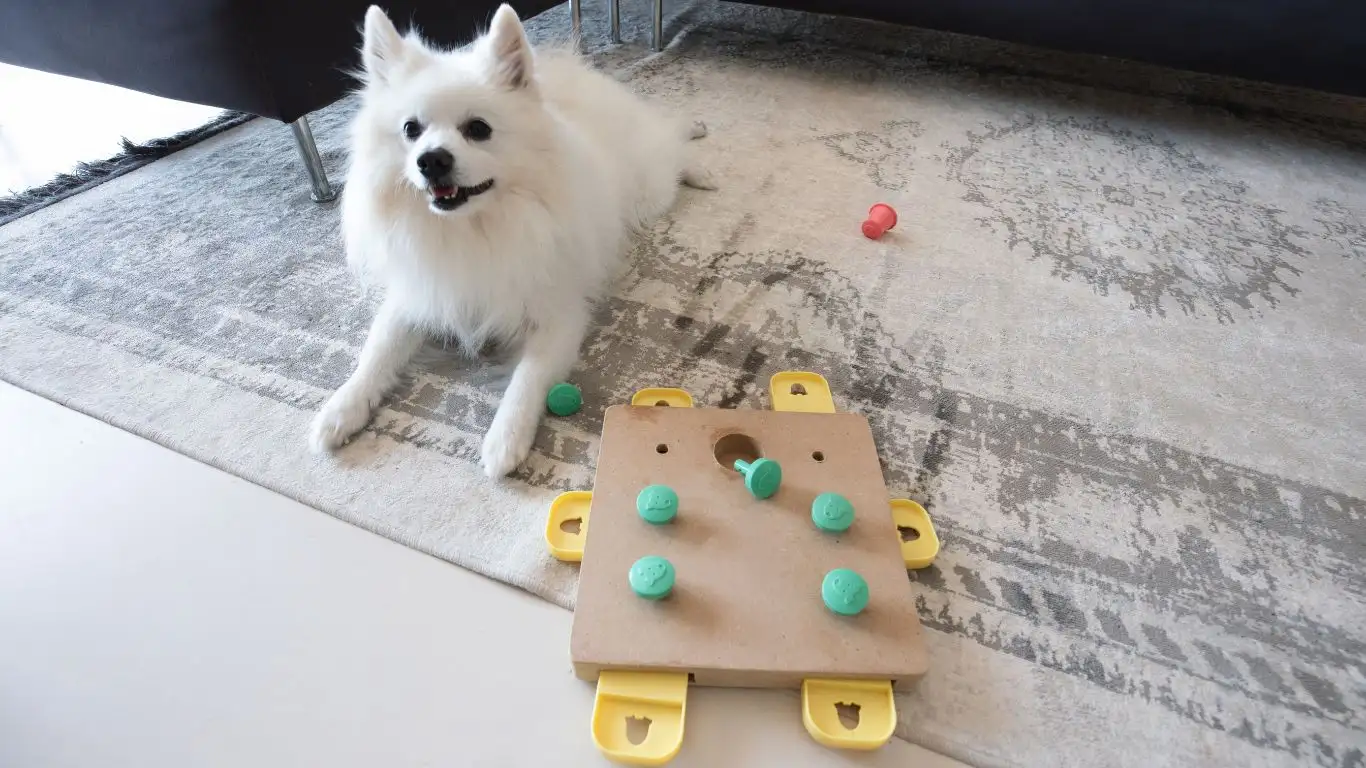
Mastering the “Leave It” Command
Honestly, “leave it” is my go-to lifesaver during playdates. Whether it’s a dropped toy, a tasty-looking leaf, or an overexcited tail chase, this command helps redirect your dog before things escalate. I teach this during regular walks and training sessions using treats as the reward—and I always reinforce it calmly during playdates too.
Work on Recall Like a Pro
If your dog bolts every time they see a squirrel, you’re gonna have a tough time keeping things under control during a playdate. A solid recall command (like “come” or “here”) is essential. Start practicing in low-distraction environments and build up gradually. Treats, praise, and consistency are your best friends here.
- Start indoors with short distances.
- Use an excited tone and crouch down to make yourself inviting.
- Reward with something awesome (think: high-value treats or belly rubs).
- Gradually move to outdoor spaces, adding in distractions like toys or other people.
Introduce the Concept of “Take a Break”
This one’s more subtle but oh-so-useful. During therapy sessions, we often use this to help dogs reset after an intense interaction. Teach your dog to take a breather on a mat or bed when cued. It’s not punishment—it’s just a pause to decompress. This can help avoid overstimulation or tension between dogs mid-playdate.
Reading Dog Body Language Like a Pro
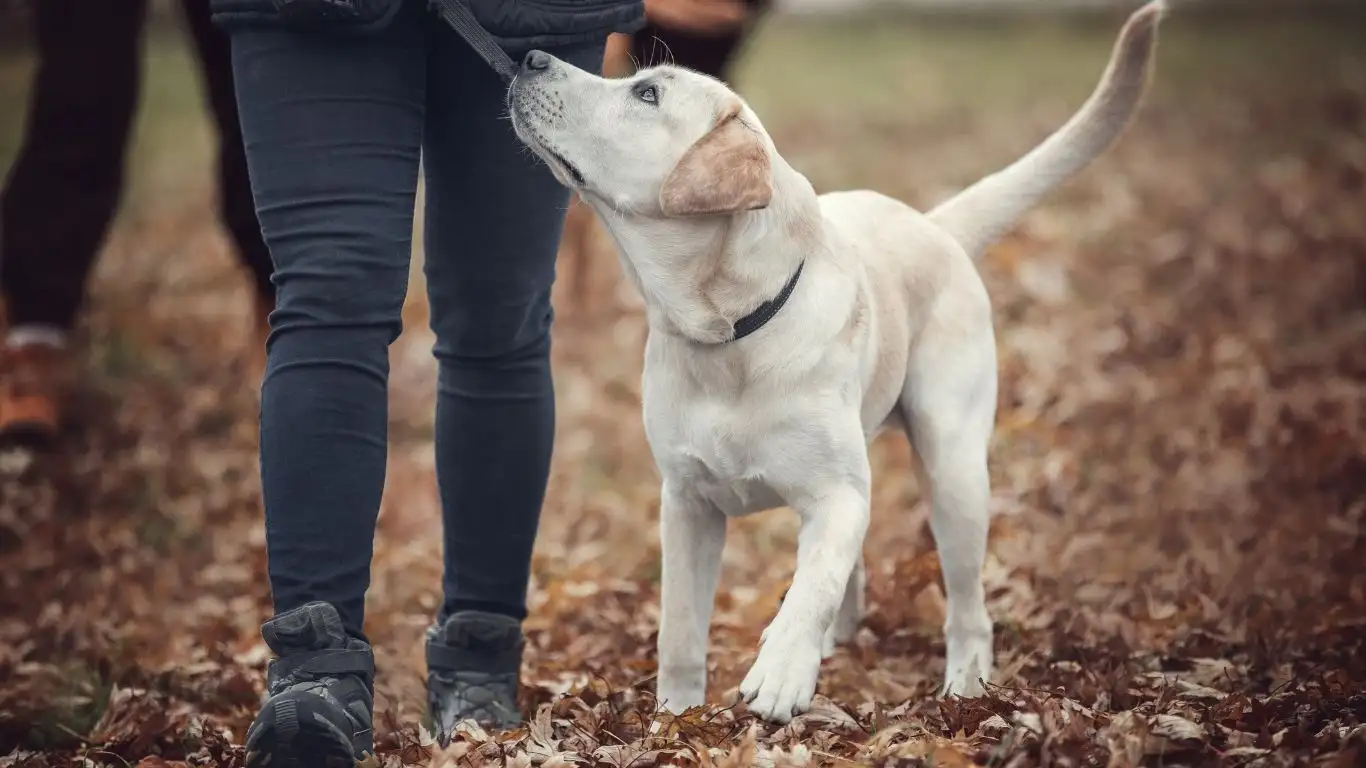
Okay, so let’s talk about something that’s super underrated but absolutely crucial—body language. When I first started out in Canine-Assisted Therapy, I honestly underestimated how much dogs communicate without making a sound. Watching their posture, tail position, ear movement—it tells you everything you need to know about how they’re feeling during a playdate.
Here’s a quick cheat sheet I use during group sessions and social playdates:
- Loose, wiggly body: Happy, relaxed dog. All systems go!
- Play bows: That cute stretch where the butt goes up and the chest drops down? Total invitation to play.
- Lip licking, yawning, or turning away: These are calming signals. It means your dog might be getting a little overwhelmed.
- Stiff body, raised hackles, hard stare: Time to intervene. Things are heating up and not in a fun way.
I can’t count how many times spotting these early signs has helped me avoid full-blown spats between dogs. When in doubt, give your pup a short break and let them reset.
How to Train a Dog to Behave During Playdates — In the Moment
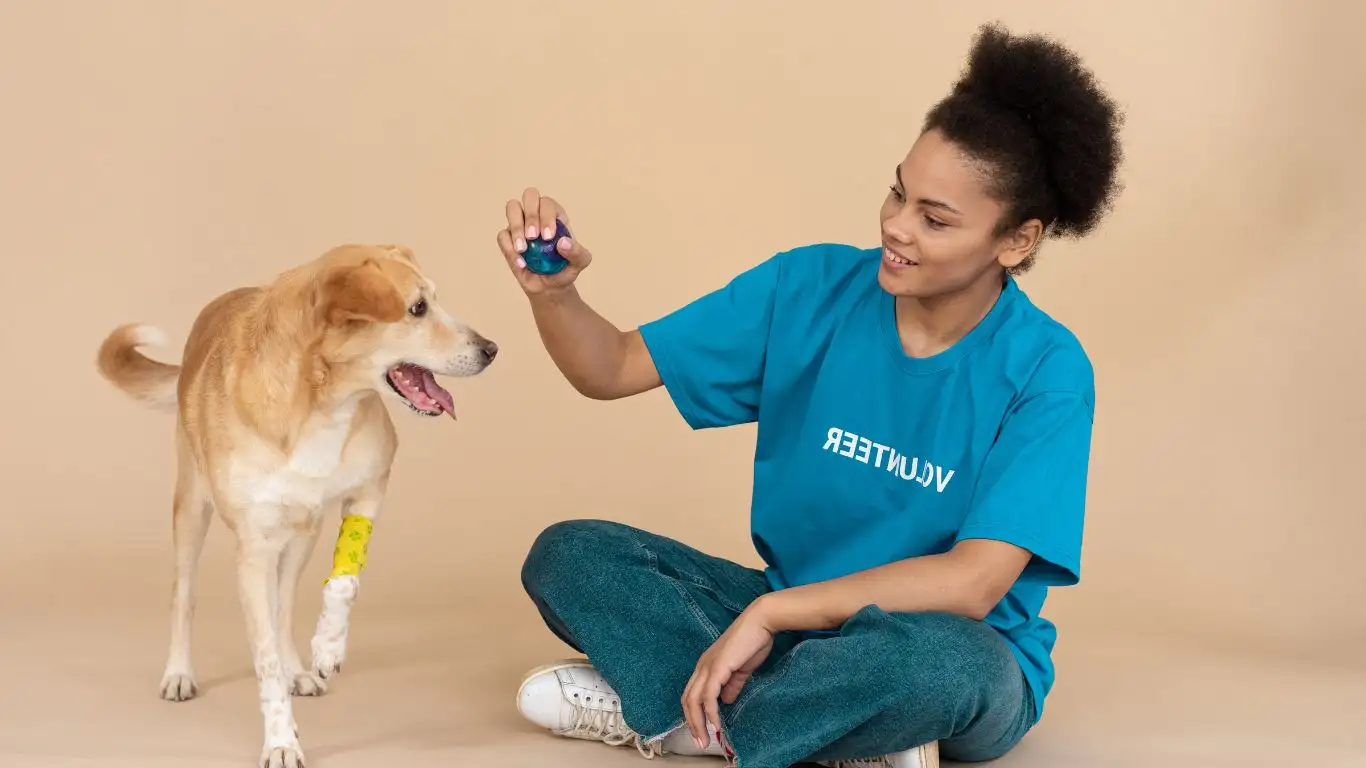
Stay Calm, Stay Present
I always tell my clients: your energy matters more than you think. Dogs mirror our emotions. If you’re tense, they pick up on it. When I host playdates or therapy meetups, I make a conscious effort to stay calm, keep my tone light, and laugh off minor hiccups. That mood trickles down to the pups, and they stay way more relaxed as a result.
Think of yourself as the playdate host and referee. Watch interactions, step in when necessary, but don’t hover too much. Over-involvement can actually make dogs feel more anxious. Strike a balance—be present, be aware, but let them do their dog thing.
Redirect, Don’t Scold
When things start to get a little too intense, shouting or yanking your dog away can actually make the situation worse. Instead, use a cheerful voice and a known command to redirect. For example, if my therapy pup, Luna, starts getting a little bossy during play, I just call her over and ask for a “sit” or “watch me.” That short mental shift usually breaks the tension right away.
Here’s a few low-pressure redirect options:
- Call your dog away for a quick treat break
- Ask for a basic obedience command like “down” or “touch”
- Offer a different toy or activity to change the energy
Keep Playdates Short and Sweet
This one’s big. Don’t overdo it, especially in the early stages. I usually cap first-time playdates at about 30 to 45 minutes. That’s plenty of time for socializing without anyone getting overtired or cranky. Just like us, dogs need time to build up their social stamina.
As your dog gets more comfortable with their play buddy, you can gradually extend the time. But if you notice signs of fatigue—slower movements, ignoring play invites, or excessive panting—it’s time to wrap things up on a good note.
Post-Playdate Cool Down and Reinforcement

Decompressing After Social Time
After every playdate, I give my dogs some quiet time to chill out. Whether it’s crate time with a chew or a calm walk around the block, this helps them process the interaction and come back to baseline. Overstimulated dogs tend to get snappy or hyper, so downtime is a must.
I also like to do a little reflection afterward—yes, seriously. I’ll jot down what went well and what felt off. Did my dog listen when I called them back? Were there any signs of stress I missed in the moment? This kind of reflection helps me tweak things for the next time.
Reinforce the Good Stuff
This is where the real learning happens. Praise your dog for the wins—polite greetings, calm behavior, good recall. Even if it was just one moment of listening during the entire playdate, that’s the behavior you want to reinforce. I keep treats in my pocket post-play too, just to sneak in some extra “attaboy!” rewards.
And hey, don’t forget to give yourself credit too. If you managed to get through a playdate without chaos, you’re doing something right. I always say dog training is a journey, not a destination. You’ll learn just as much as your pup along the way.
Track Progress and Set Small Goals
If you’re working toward a bigger goal—like therapy certification or just making your dog more social—it helps to track your progress. Maybe this week your goal is no jumping during greetings. Next week, you work on “leave it” mid-play. Baby steps lead to big wins.
Remember, how to train a dog to behave during playdates isn’t a one-size-fits-all thing. It’s about knowing your dog, trusting your gut, and creating positive experiences that build confidence over time.
Common Playdate Challenges and How to Handle Them
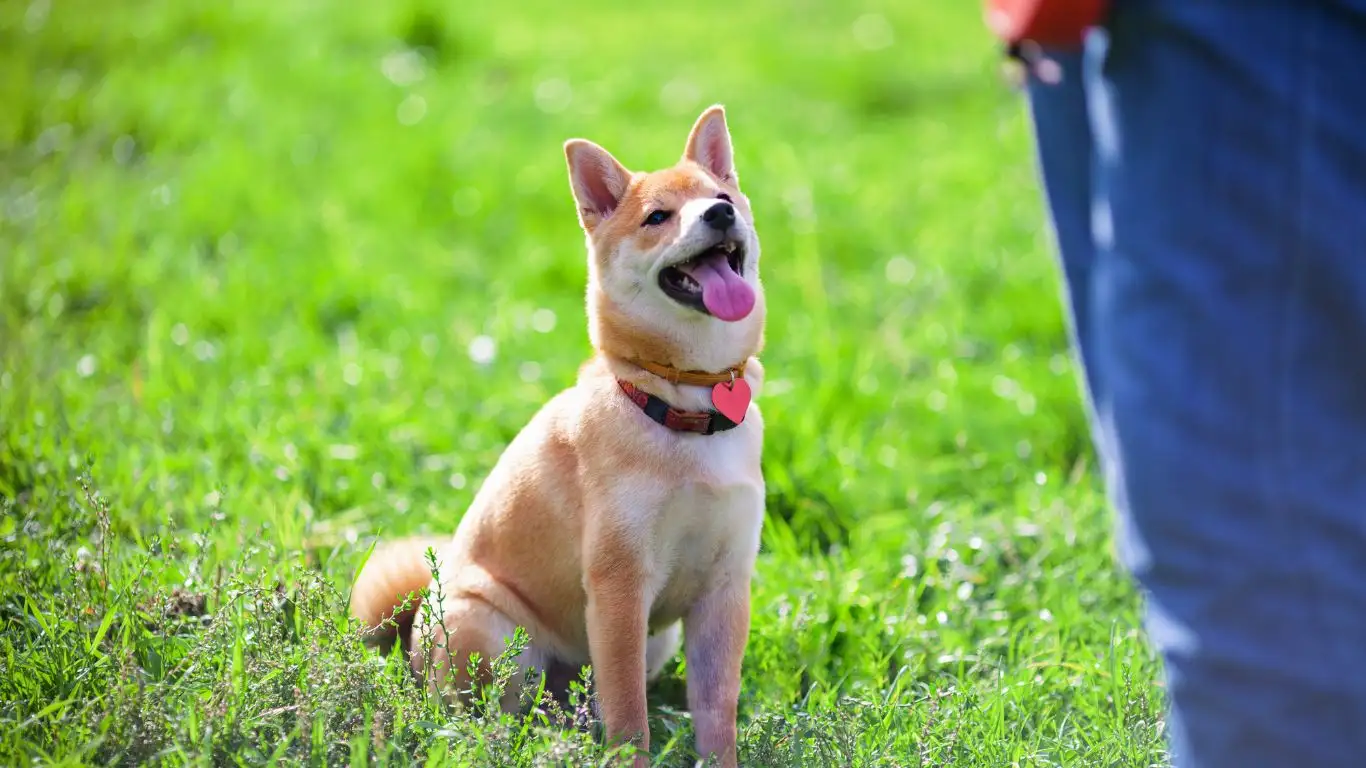
Even with the best preparation, not every playdate is going to be smooth sailing. And that’s totally normal. As someone who’s worked with therapy dogs in all kinds of unpredictable settings—hospitals, schools, disaster relief zones—I’ve learned that flexibility is everything. Dogs have off days too. What matters most is how we handle those hiccups.
Overexcitement Turns into Rough Play
Ever watch your dog go from bouncy and playful to full-on WWE mode in five seconds flat? Yeah, me too. When play starts getting too rough—tackling, excessive chasing, or ignoring the other dog’s signals—it’s time for a time-out. I like to calmly guide my dog away, give them a break for a few minutes, then reintroduce them if everyone’s still in a good mood.
Here’s a trick that’s saved me more than once: if your dog isn’t listening during high-energy play, clip on a lightweight leash beforehand. You don’t even have to hold it—just having it there makes redirection a lot easier without adding tension.
Resource Guarding Pops Up
This one’s tricky, and honestly, it can surprise even experienced dog parents. I had a therapy dog named Milo—sweet as can be, but turn a squeaky toy into the equation and suddenly he was not so keen on sharing. If you spot stiff posture, growling, or guarding behavior, calmly remove the object and redirect both dogs to another activity.
Prevention is your best bet here. I always say: if it might cause conflict, remove it before play starts.
Mismatch in Energy or Personality
Sometimes, despite our best matchmaking efforts, two dogs just don’t click. And that’s okay! I always encourage folks to observe and listen to what the dogs are telling you. If one pup keeps trying to retreat while the other’s all up in their face, it might just be a compatibility issue. You can call it early and try again another time with a different partner.
Maintaining Long-Term Social Skills
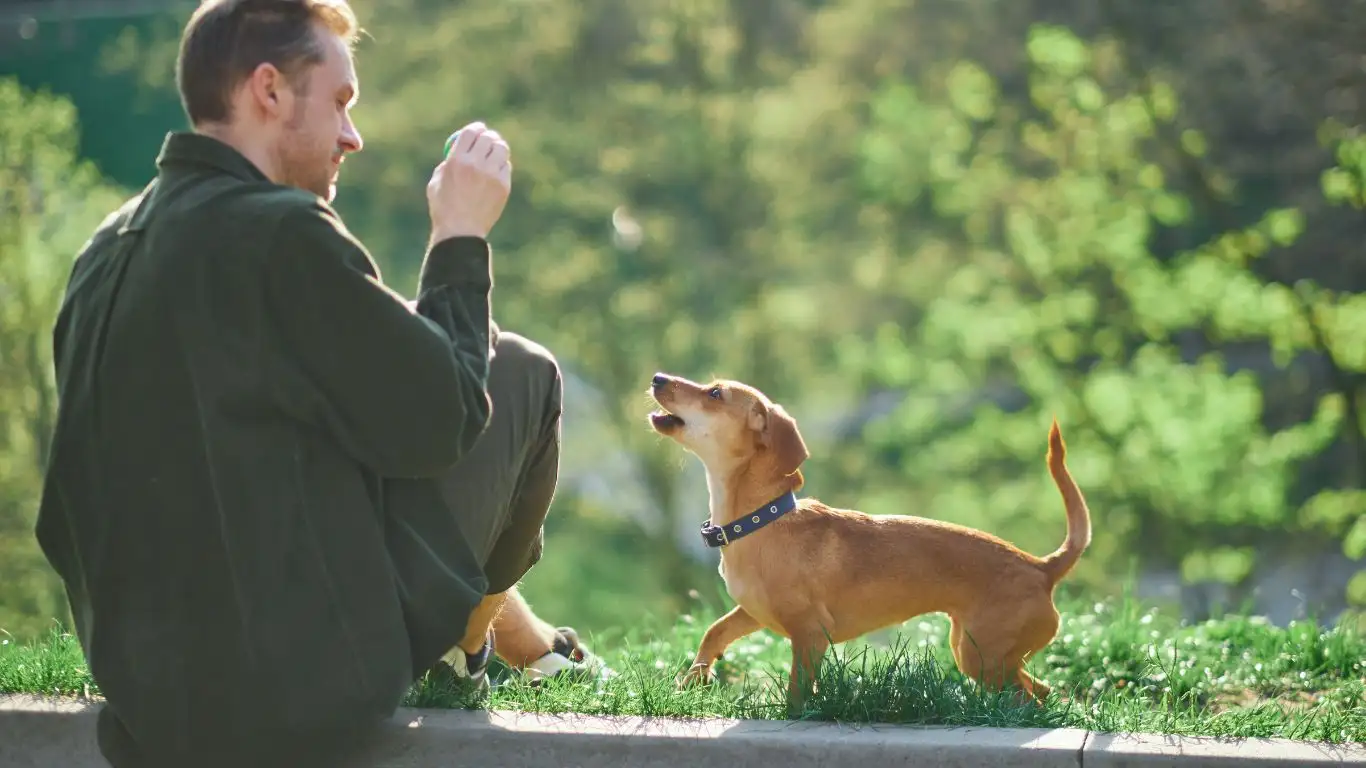
Make Playdates a Regular Thing
Here’s the truth: dogs need regular, positive interactions to keep their social skills sharp. It’s just like us—we get rusty if we haven’t had a good chat or hangout in a while. I try to schedule casual playdates weekly or bi-weekly, depending on the dog. It doesn’t have to be a full-on event; even 30 minutes with a doggy friend can do wonders for their confidence and manners.
And if you’re training toward therapy or service work? Socialization isn’t optional. Exposure to different dogs, people, and environments is essential to building trust and reliability.
Rotate Play Pals
While having one or two regular buddies is great, mixing up your dog’s social circle helps prevent over-dependence and keeps things fresh. It also gives them experience reading new signals and adapting to different play styles.
I usually rotate between three to four known dogs in our therapy dog network, adjusting based on energy and temperament. One week might be a chill walk with an older dog, the next could be a rowdy backyard romp with a pup who matches my dog’s play level.
Keep Reinforcing the Basics
This might sound obvious, but it’s easy to let training slide once your dog starts doing well. Don’t. Keep reinforcing the commands that support polite behavior—like recall, leave it, and take a break. Every playdate is a training opportunity, even if it feels like just fun.
And if things regress? Don’t panic. It happens. Step back, reassess, and rebuild slowly. I’ve had dogs in my therapy training program take two steps forward and one step back plenty of times. Progress is rarely linear.
Resources and Further Reading
If you’re diving deeper into understanding how to train a dog to behave during playdates, here are a few professional resources I recommend:
- Association of Professional Dog Trainers (APDT) – Great info on positive reinforcement and behavior science.
- Certification Council for Professional Dog Trainers (CCPDT) – Helpful for finding qualified trainers and continuing education.
- American Veterinary Medical Association (AVMA) – For understanding behavior from a health and wellness perspective.
Final Thoughts
Training a dog to be cool, calm, and well-mannered during playdates isn’t just about rules—it’s about building trust, understanding, and confidence between you and your pup. From my experience in canine-assisted therapy, I’ve seen firsthand how powerful a well-socialized dog can be—not just with other dogs, but with people, environments, and even unexpected situations.
Every dog learns at their own pace. Some will be social butterflies right out of the gate; others will need gentle guidance and a whole lot of patience. But with consistency, compassion, and a solid understanding of dog behavior, you’ll both get there.
Disclaimer
The advice shared in this article is based on my professional experience as a Canine-Assisted Therapy Trainer and is intended for educational purposes only. Every dog is unique, and behavioral issues should be assessed with the help of a certified professional when necessary. Always consult with a veterinarian or qualified behaviorist if you’re unsure about your dog’s social readiness or safety.
